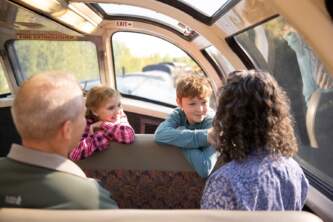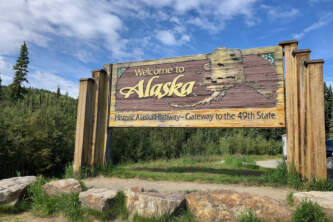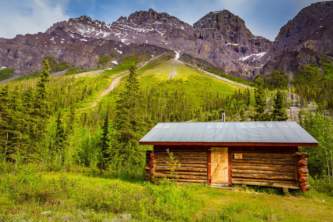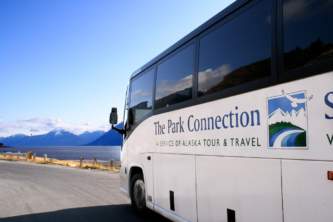Fly To An Alaska Native Village In The Alaska Bush
Are you a seasoned and independent traveler with a craving to explore new places and learn about unfamiliar cultures? If so, native villages reachable in a short flight from Nome may offer you one of the most memorable and eye-opening travel experiences you’ll have in your life. It’s truly a thrill to walk the dirt streets or the beaches of a remote village on the Bering Sea.
One reason a visit is so special is that these Alaska villages see very few visitors. In fact, if they see a few organized tours each year, it’s a lot. And the Inpuiat of this region are among the state’s most welcoming native communities. You can’t walk from one end of the village to another without getting invited to coffee or engaged in a conversation.
In some cases, you can arrange with your air taxi for a local villager to meet you at the plane and show you around. In other cases, it’s up to you to walk around the native village on your own, observe, and introduce yourself. Most villages don’t have overnight accommodations, so plan on taking day trips and returning to Nome for the night.
It’s a big step from Anchorage, a metropolis of 300,000, to Nome, a Bush town of 4,000. But it’s an even bigger step from Nome to the villages. It’s not uncommon for an extended families to share dwellings that might be considered small by city standards. The streets can be muddy, with machine and animal parts lying around. Villagers get around on foot or 4-wheelers.
On the surface, these conditions seem to signify extreme poverty conditions, but those who live here don’t look at it that way. These are humble people, whose lives are interesting, but they sometimes don’t appreciate how interesting it is to others. So come explore—you’ll leave Alaska with a truly unique perspective.
Alaska Native Village Trip Options
- Visit two native towns—Shishmaref and Wales—in one day. Fly to Shishmaref, a traditional Inupiat village of 600 people with a fishing and subsistence lifestyle. It’s located on an island in the Chukchi Sea, five miles from the mainland and surrounded by the 2.6-million-acre Bering Land Bridge National Reserve. Visit the village-run tannery where locals send their hides and furs, and when you see the coastal erosion, you’ll understand why this town is a famous as a showcase of global warming. In the afternoon, fly down the beach to Wales, the closest point on the American mainland to Russia (the westernmost settlement of any sort on the North American mainland). On a clear day, you can see across the Bering Straits to the Diomede Islands, which form the border between Alaska and Russia.
- Head out to either Savoonga or Gambell, on St. Lawrence Island (you wouldn’t want to do both in one day), which lies 200 miles west of Nome in the Bering Sea, just 38 miles from Russia. On a clear day, you can see the mountains of the former Soviet Union. It’s both fascinating—the island has been inhabited for several thousand years, and its people are descendants of Siberian-Yupik—and beautiful, as it’s one of great birding destinations in world.
Gambell can get fogged in, so your pilot won’t take you there if it looks risky. Some of Alaska’s best carvers live in this village of 650, honing images of birds, whales, and seals from bone and ivory. The work is so valuable it can sell for thousands of dollars at East Coast auction houses like Sotheby’s, and has captured the interest of art experts at the Smithsonian Institute.
Savoonga is about 40 miles away on the northern coast and is hailed as the “Walrus Capital of the World.” Villagers hunt walrus and seal, along with bowhead and gray whale, and it’s not uncommon to see black walrus meat drying on racks outside homes. Ivory is plentiful—you’ll even find pieces lying on gravel roads. You may also see reindeer hides and racks, as there’s a wild reindeer herd, descendants of animals that were moved to the island in 1900 and prosper to this day.




